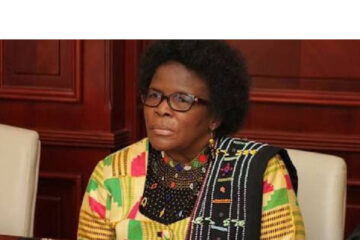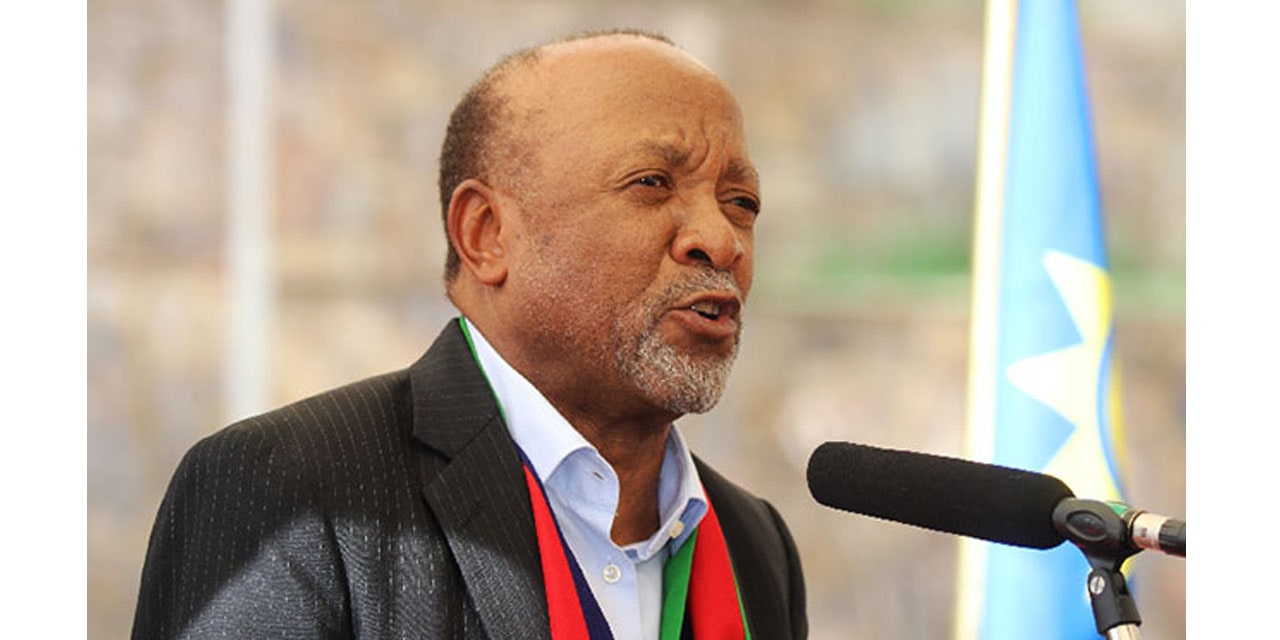Martin Endjala
Jonas Sheelongo, the Executive Director of the Ministry of Works and Transport says that effective transport systems are needed to adequately and effectively manage road safety in the country.
Sheelongo spoke at the 7th United Nations Global Road Safety Week held in Windhoek yesterday.
The UN event is used to advocate for transport systems around the world to be made safe, healthy, and sustainable for the well-being of all people.
To achieve this, Sheelongo said, there is a need for a paradigm shift that will see increased investments being made in non-motorized transport such as walking and cycling that will inherently promote health and sustainability in Public Transport.
Since it has been recognised that a prerequisite for shifting to these modes of transport will ensure that roads are safe for all who use them.
“I am the substantive Chairman of Pilar 1 of the 2nd Decade of Action for Road Safety 2021-2030 which is tasked with the responsibility of ensuring effective Road Safety Management. Among others, the Pilar is responsible for ensuring active Political road safety leadership; enabling legislation; sustainable funding; effective integrated road safety management systems; effective stakeholder engagement; and adequate institutional arrangement in the form of an empowered lead Agency,” Sheelongo said.
He noted that all road user categories must be accommodated when roads are planned and constructed, adding that facilities for vulnerable road user groups should not be an afterthought but must be made an integral part of road design, particularly in urban road environments.
“The Ministry with the support of its stakeholders is hard at work to ensure the implementation of the Non-motorised Transport Strategy both in the City of Windhoek and regions, as a pilot phase,” he said.
In addition, the National Road Safety Council and NIED, with funding from GIZ, developed a National Safe Route to School Guidelines that will be published before the end of this year.
Meanwhile, the National Road Safety Council Executive Secretary Eugene Tendekule said that the 7th UN Global Road safety week focuses on Rethinking Mobility, with emphasis on vulnerable road users, specifically cyclists and pedestrians.
The event is geared towards raising awareness about the road safety problem globally, but nations are free to cascade the themes and programs to their local situations.
One of its key components is to improve safety for the hundreds of millions of vulnerable road users who travel the world and roads every day.
According to the Namibia Road Safety Forum Chief Executive Officer, Horst Heimstad, Namibian road crash, statistics indicate that between 36 and 40 percent of all injuries and fatalities involve pedestrians.
This devastating statistic directly correlates to the lack of safe walking and cycling paths separate from roads designed for motorised vehicles.
“In a country where roughly 70 percent of the people cannot afford a motorised vehicle, and are therefore reliant on walking or cycling, we urgently need to re-think our modes of mobility. This can be done by designing a road infrastructure that will allow for a safe and comfortable passage for our people that walk and cycle,” Heimstad said.
He said that sustainable urban mobility cannot be achieved without support from leadership, be it political or operational.
Heimstad called on the leadership to make it a priority to invest in safe sustainable transportation infrastructure that will encourage people to make use of active, and public transportation, lamenting that leaders have the power to promote the implementation of safe mobility for all.
Considering the policy and regulation documents in place, all new infrastructure including the rehabilitation of roads he said, should provide for the separation of walking and cycling from roads designed for motorised vehicles. As Namibia and as cities, we need to comply with our own rules.
Since sustainable mobility requires input from the community, designers and developers are being urged to work with community groups and stakeholders to develop comprehensive transportation plans that address the unique needs and challenges of the people, and the individual cities.
Heimstad said that it is a matter which requires critical attention and that it can only be achieved by prioritizing public transportation, promoting active transportation, and therefore reducing the demand for motorised transportation, to create a more sustainable and liveable urban environment.




